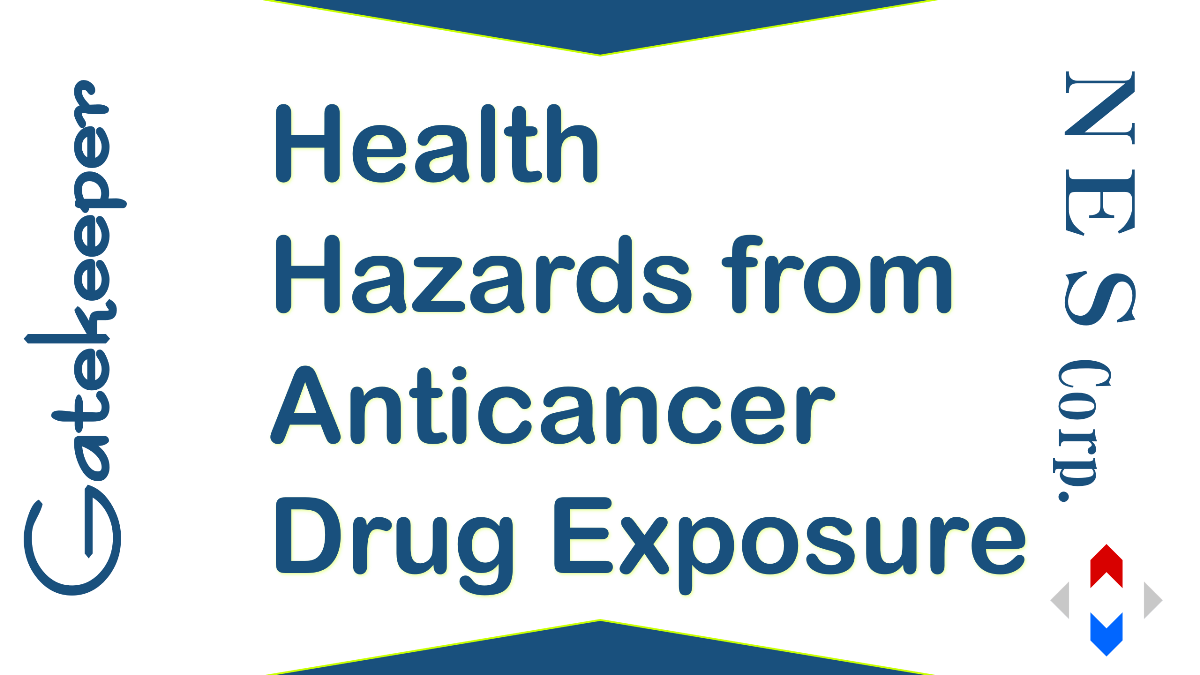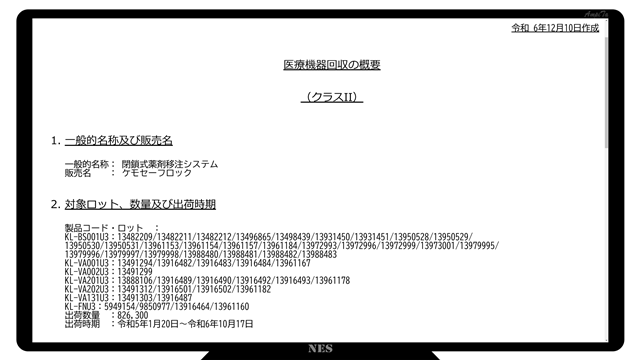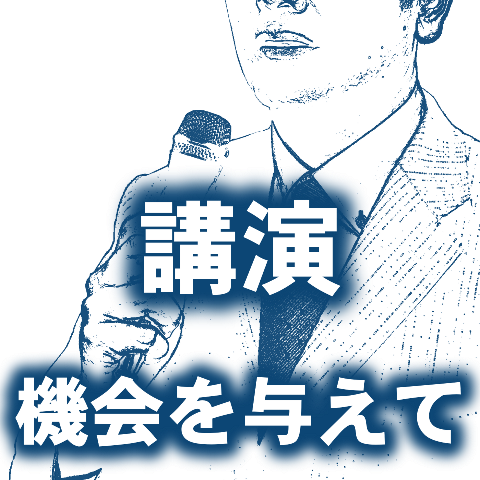There was something that needed to be discussed in the collection/refurbishment information of medical equipment published on December 12th.
1. General name and sales name
General name: Closed-type drug transfer system
Sales name:2. Target lot, quantity and shipping time
Product Code Lotto:
Shipment quantity : 826,300
Release date : January 20th to October 17th, Reiwa 6th3. Name of manufacturer, etc.
Name of manufacturer:
Location of the manufacturer:
Type of Permission:
Permit number:4. Reason for collection.
When a medical institution in Japan disconnected the connection between the product and the infusion set, we received a report that the liquid was leaking from the top of the product and investigated it. As a result of the investigation, it was found that there was a deformation in the internal parts of the interlinkage used in the female connector of the product, and when connected to male connectors such as infusion sets, sealability was not maintained and leakage occurred.
Since some of the shipped products may contain products with a similar state, we decided to carry out voluntary recall.5. Specific health hazards feared
Although it is undeniable that anticancer drugs may leak from the connection part when the product is used, the condition of the connection part is confirmed at the beginning of administration from the description of the electronic addition. In addition, regular confirmation during administration allows healthcare professionals to immediately notice when a liquid leak occurs, and appropriate treatment is performed. In addition, it is not believed that there is a risk of serious health damage caused by medical professionals when handling anticancer drugs, as it is expected that they will use safety cabinets and wear protective equipment such as gloves.
At this time, we have not received any reports of health hazards caused by the occurrence of this event.6. Collection start date
December 10th, Reiwa 6th
7. Efficacy, effect, or application, etc.
It is a closed-system drug transfer system (CSTD) that is used to prevent the scattering and leakage of drugs into the environment by connecting it to a container when transferring anticancer drugs from the container to another chemical container, and has a mechanism to adjust the differential pressure inside and outside the container. At the same time as preventing the contamination into this system of external microorganisms, etc., it prevents scattering and leakage from this system of liquid, vaporization, aerosolized drugs.
8. Others
We know all the shipping destinations, and we will voluntarily collect the product after notifying the destination of the product to be recalled in documents, etc., and collecting the product.
9. Person in charge and contact information
Person in charge:
Medical Device Recovery Overview (Class II)
Contact:
Phone number:
Fax number:
Closed Drug Transfer System
The general name of the Pharmaceutical Machinery Act “Closed Drug Transfer System” is as follows.
The purpose is to prevent the scattering and leakage of drugs into the environment. Such highly safe equipment is used because anticancer drugs may harm the health of health care workers because splashed are also necessary to take care of not only patients but also the surrounding environment.
| Class classification notice | 2-1977 |
| Category Code | Vessels74 |
| Category: Names | Pharmaceutical Injector |
| Medium classification name | Blood collection and transfusion, infusion instruments and pharmaceutical injectors |
| Code | 7105 500 52 |
| General name | Closed Drug Transfer System |
| General name definition | This system is used to prevent the scattering and leakage of drugs into the environment by connecting to the container when transferring anticancer drugs from the container to another chemical container. It has a mechanism to adjust the differential pressure inside and outside the container. |
| Class classification | II |
| GHTF rules | 2-1 |
| Specific maintenance | – |
| Installation Management | – |
The past of the same product.
1. General name and sales name
General name: Closed-type drug transfer system
Sales name:2. Target lot, quantity and shipping time
Product Code:
Lot:
Shipment Quantity : 12,040pcs(*)
Release Date : March 24th to May 30th3. Name of manufacturer, etc.
Name of manufacturer:
Location of the manufacturer:
Type of Permission:
Permit number:4. Reason for collection.
As a result of the investigation from a medical institution in Japan, we received a report from a medical institution in Japan that it cannot be locked when connecting the female connector and the male connector of this product (it is easy to disconnect from the male connector, it is easy to disconnect from the male connector), and as a result, the length of the spring, which is the internal component of the female connector, is different, and it was found that the one that can not lock is shipped when connecting with the male connector.
Since some of the shipped products may contain products with a similar state, we decided to carry out voluntary recall.5. Specific health hazards feared
When connecting the female connector and the male connector, the inability to lock the connector may lead to a delay in the procedure due to the replacement of the product, but it is judged that there is no possibility of serious health damage from this case.
To date, we have not received any reports of health hazards associated with this event.6. Collection start date
Reiwa 4th July 4th
7. Efficacy, effect, or application, etc.
It is a closed-system drug transfer system (CSTD) that is used to prevent the scattering and leakage of drugs into the environment by connecting it to a container when transferring anticancer drugs from the container to another chemical container, and has a mechanism to adjust the differential pressure inside and outside the container. At the same time as preventing the contamination into this system of external microorganisms, etc., it prevents scattering and leakage from this system of liquid, vaporization, aerosolized drugs.
8. Others
We are aware of all the distributors and medical institutions that are to be delivered, and we will voluntarily collect the products after notifying the recipient of the products to be collected in documents, etc., with documents, etc.
9. Person in charge and contact information
Person in charge:
Medical Device Recovery Overview (Class II)
Contact:
Phone number:
Fax number:
Anti-cancer drug exposure prevention
The general name “Closed Drug Transfer System” is defined in the Pharmaceutical Machinery Act as “Prevention of Dispersion and Leakage of Drugs in the Environment”.
This system is used to prevent the scattering and leakage of drugs into the environment by connecting to the container when transferring anticancer drugs from the container to another chemical container. It has a mechanism to adjust the differential pressure inside and outside the container.
Closed Drug Transfer System
The following is written about this collection.
It is a closed-system drug transfer system (CSTD) that is used to prevent the scattering and leakage of drugs into the environment by connecting it to a container when transferring anticancer drugs from the container to another chemical container, and has a mechanism to adjust the differential pressure inside and outside the container. At the same time as preventing the contamination into this system of external microorganisms, etc., it prevents scattering and leakage from this system of liquid, vaporization, aerosolized drugs.
Closed Drug Transfer System
It is used in the work of transferring anticancer drugs from the container.
Drugs supplied by pharmaceutical manufacturers include vial bottles. Since it cannot be administered to the patient as it is, it is transferred to a medicinal bag.
Since fungi should not be administered to patients who are easily infectious, medical clean transfer work is carried out, but at the same time, anticancer drugs themselves may have powerful side effects, so especially healthy people should avoid unnecessary contact (exposure).
Since the droplets generated in the connection connector part are deeply related to unnecessary exposure, we use expensive connectors with special shapes.
Is the collection information contradictory?
Since it is expected that health care workers will use safety cabinets and wear protective equipment such as gloves, there is no risk of serious health damage when handling anticancer drugs.
There was a description such as the above in the “concrete health damage that is feared” of the collection information.
In the mixing process, such as transferring from the vial bottle to the infusion bag, the safety cabinet is used, so it may be unlikely that the connector abnormality is immediately exposed.
However, since the condition of the patient is in the open space of the hospital room and treatment room, there is no such thing as exhausting anticancer drugs with a ventilation fan.
When the connection between the product and the infusion set was disconnected, it was investigated after receiving a report that the liquid was leaking from the top of the product.
It was found that the sealability did not maintain the sealing property when connected to the male connector such as the infusion set, and a leak occurred.
It may not be in the pharmacy’s safety cabinet. If this phenomenon occurs when the infusion set is disconnected after the treatment is completed, there is a high possibility that the nurse there will be exposed to radiation.
Medical Safety, Pharmaceutical Safety, Medical Device Safety
The hospital is staffed by organizations and personnel responsible for medical safety management, patient safety management, pharmaceutical safety management, and medical device safety management.
This is a cross-sectional issue.
If anticancer drug exposure is a threat, the hazard is an anticancer drug. However, it is not a risk when it is present in a closed container or circuit.
The risk is treatment and work such as anticancer drug administration and circuit connection.
Since anticancer drug exposure will not occur without work that will be closed, the work of the circuit connection will be central to the risk.
Without the treatment of anticancer drug administration, there is no work to connect the circuit, and there is no need for anticancer drugs to exist in the first place. It is considered to be a risk such as a distant cause.
The act of circuit connection is related to medical safety management, the circuit itself is related to medical safety management, and anticancer drugs are involved in the safety management of pharmaceuticals. It cannot be said that it is effective even if each of them takes safety measures separately.
It can be read as if it is caused by the lack of safety, using expensive equipment to ensure safety is compromised by the defect, but the health care worker did not protect it even after exposure. From the viewpoint of medical device safety management, it is an event that requires the cooperation of manufacturers (medical device manufacturers and distributors), but there are documents that cannot be read as cooperative.
In order not to be able to change trains
From the standpoint of a manufacturer (a manufacturer of medical devices), it is necessary to take this matter seriously and appear to be sincerely responding to it in order to prevent it from being seen as a disregard for the health of healthcare professionals and being transferred to other companies’ products.
This is related to business continuity planning and risk management in the management of the company, but it is necessary to be careful not to lose credibility.
The companies that issued this collection information are large companies, and there are many product lineups, so I think that it is necessary to pay close attention to venture companies that say, “This is one of them.”
On the other hand, I understand that there is also the weight of the claim for damages by admitting health damage. For the time being, I think that there is a way to enter from the form of “no responsibility” and think that it is good to compensate if you lose in the trial. I can’t say it’s a sincere way, but I’ve seen cases of such a strategy.
What happened to me is…
We cannot recover what has happened, so we have no choice but to cooperate with all parties involved to prevent a recurrence.
Nurses who deal with anticancer drugs treat the circuit carefully on a daily basis, and I think that they work with fear that if they are exposed.
Even so, there is a risk of exposure to radiation, so the medical institution, which is the employer, provides expensive circuits to prevent exposure by droplets.
If the safety measures are invalid and the threat cannot be suppressed, it must be fully protected and work, and in general chemotherapy rooms and hospital rooms, anticancer drugs cannot be administered.
At home, even more…
Anti-cancer drugs are also administered in home health care.
There are not only high-air-tight isolation rooms, but ordinary wooden houses and concrete condominiums. Families come and go, and various people such as visiting nursing care, nursing care staff, housework agency service, etc. come and go.
If anticancer drugs are exposed in such an environment, people are more likely to be exposed incorrectly. The number of people entering and leaving is small, not compared to hospitals, but the risk of exposure increases in small spaces and spaces where ventilation is not done.
It is also related to the state of the sanatorium living environment, but if you ask how far you can take into account the failure of the equipment that you should trust, or whether it will cost hundreds of thousands of yen for ventilators and high airtightness for devices that do not make an error once every one million times, I think that many patients will answer “no” to many affected people.
Recover with a sense of crisis
I understand that the collection information this time is being collected administratively by communicating dealers (medical device distributors) from manufacturers (medical device manufacturers and distributors).
I wanted to check with the nurses on the ground whether the danger of exposure was transmitted.
The shipment period seems to have been about a year and a half, so if the health care worker does not realize that he may have been exposed to anticancer drugs without noticing, for example, the symptoms such as hair loss may have been his own inattention, for example, it may hurt his heart that it was his own carelessness.
Unfortunately, medical device collection information itself does not penetrate into medical professionals, so I think that the medical personnel who are exposed to this collection information will pass very little without knowing it.
To prevent recurrence
This article is not a criticism of the individual company.
The following are listed as a challenge.
- Events that are complexly related to people, things, things, etc.
- The possibility that the health damage described in the collection information is lightly written
- Medical device collection information has not been read
It is a good problem if all of them can be improved at the same time, but be careful because it is a particularly complex event that it also delays the problem solving.
At the medical institution where I worked, there was a core member meeting of the core members of medical safety management, which consisted of doctors and nurses, and medical device safety centered on pharmacists, and medical device safety centered on clinical engineering engineers, joined in.
It is meaningful for people with different positions and perspectives to come together and discuss.
I don’t think manufacturers will join, but I think that if manufacturers can join in and discuss, we can reduce the possibility of a recurrence.
[The PR]
We are giving lectures on safety from various angles and talking about safety. A clinical engineer who has worked at a hospital more than 150times, including academic conferences, will serve as a lecturer.
*.Japanese only.



